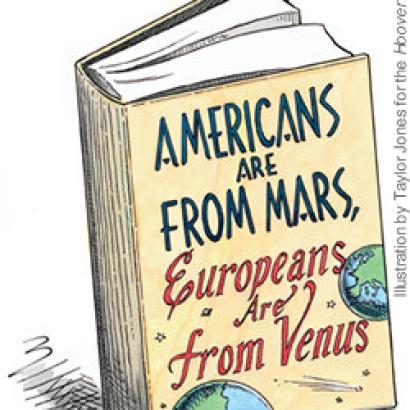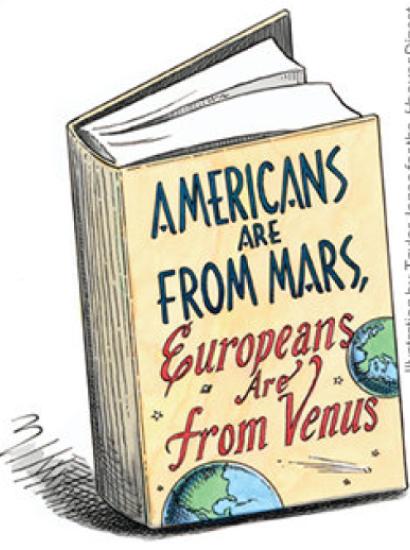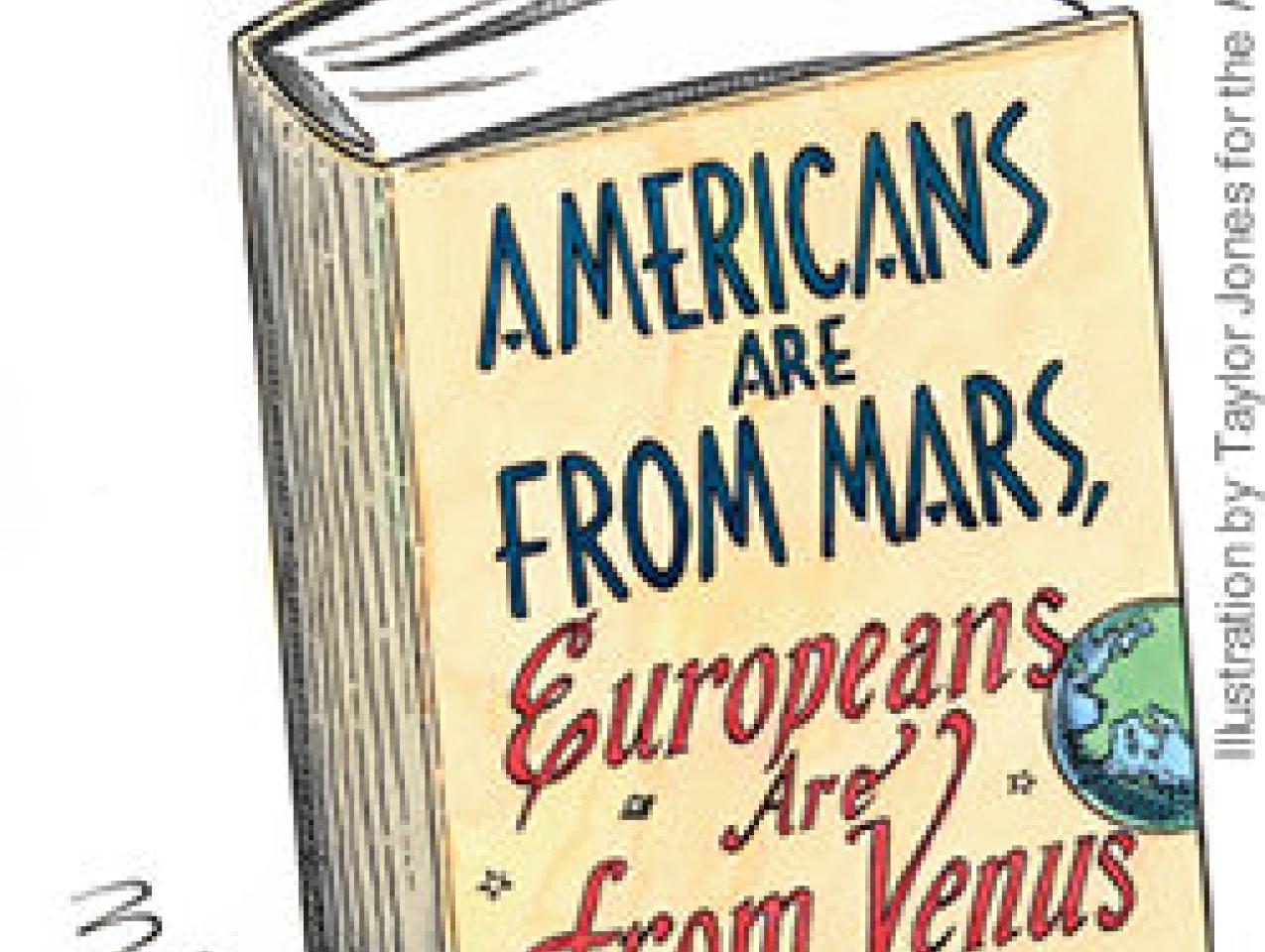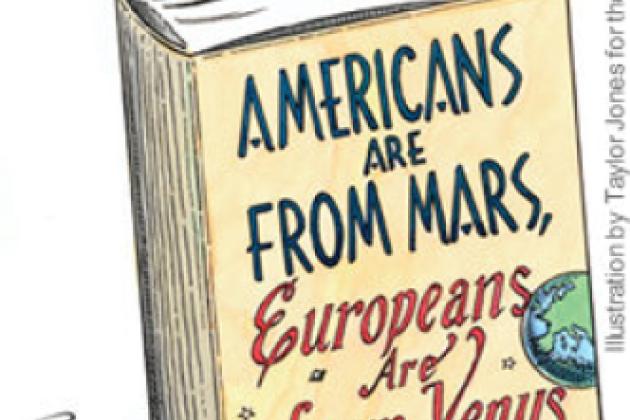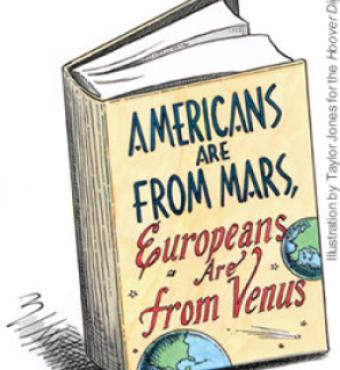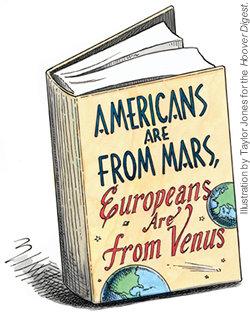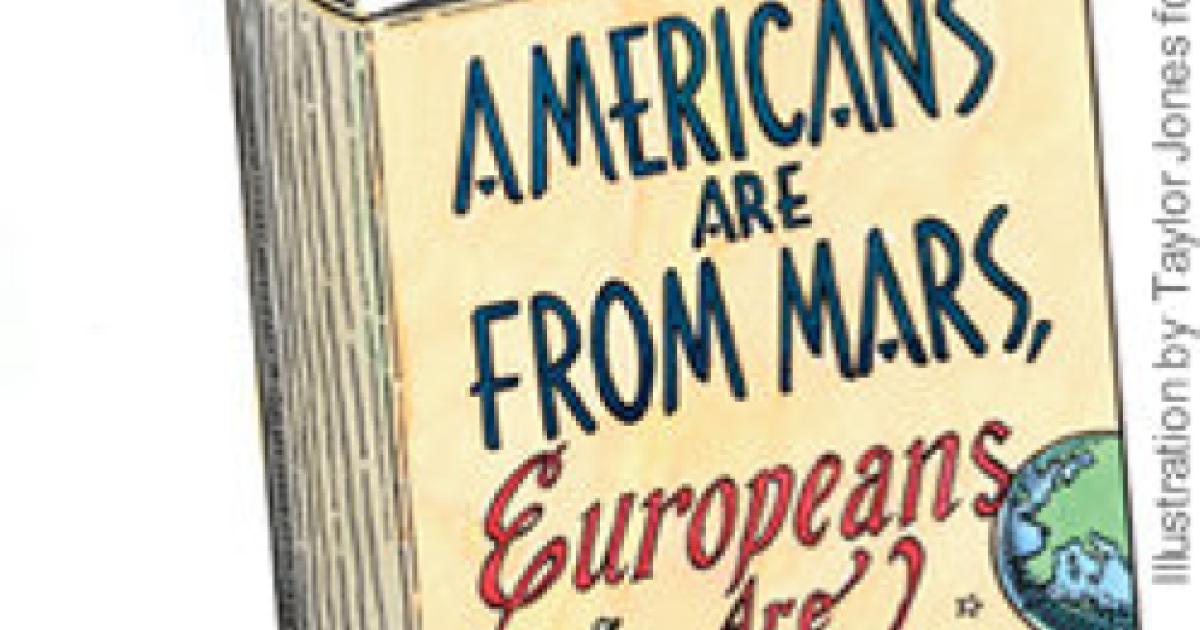- Law & Policy
- Civil Rights & Race
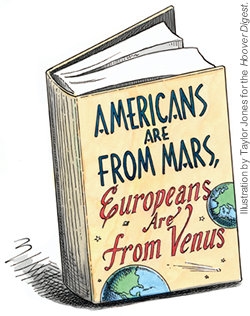
The deterioration of foreign estimations of the United States is sometimes attributed to particular American policies, with the implication that the expressed hostility is merely an expression of a legitimate policy dispute. In such a case, one would assume that the animosity would disappear with a change in policy. This type of argument usually boils down to the formula that anti-Americanism is not directed against America but only against the current American administration.
Alternatively, anti-Americanism is sometimes explained away as merely the result of a perception problem: It is not the policies that should be changed but their packaging and presentation to the world public. If the United States government were to make more-effective arguments and if America were represented abroad more attractively, then Western Europeans would return to what is assumed to be their natural affection and support for the United States.
Each of these claims may have some validity, but as explanations, both assume that the normal transatlantic condition is harmony and agreement, as if the much-touted “community of values” that prevailed during the Cold War were fundamental and immutable. Yet this assumption surely deserves scrutiny for two reasons. First, the Cold War is over, and the strategic partnership between the United States and Western Europe no longer has the same urgency as it did when the Red Army was at the Elbe. That partnership may have other rationales today, but the drama of defending the free world against Russian ambitions has dissipated. This geopolitical shift has important consequences for Europe, which, no longer defining itself against the Soviet Union, is increasingly tempted to find its identity instead in opposition to another foe: the United States.
Secondly, beyond such framing considerations, it turns out that significant cultural differences separate the United States and Europe. Although this should come as no surprise, these differences were overshadowed during the face-off with communism. They were able to emerge after 1989, and since September 11 they have been out in the open. Facing these existing cultural and attitudinal differences is indispensable to an understanding of European anti-Americanism.
The celebrated novelist Salman Rushdie observed this anti-Americanism in February 2002 in the wake of the Afghanistan war: an animosity not solely directed at the American government or a particular policy of the United States but more broadly at America and Americans. “Anybody who has visited Britain and Europe, or followed the public conversation there during the past five months, will have been struck, even shocked, by the depth of anti-American feeling among large segments of the population, as well as the news media. Western anti-Americanism is an altogether more petulant phenomenon than its Islamic counterpart and, oddly, far more personalized. Muslim countries don’t like America’s power, its ‘arrogance,’ its success; in the non-American West, the main objection seems to be to American people.” The distinction is an important one. According to Rushdie, the European condemnation of America goes far beyond political disagreement; instead it conveys a deeper and more diffuse antipathy.
Rushdie’s claim finds confirmation in recent comments by a famous German theater director, Peter Zadek, interviewed in Der Spiegel in July 2003. He does not shy from forceful terms to describe American culture. For example, his judgment on the American cinema is harsh: About Schmidt was “horrible” and American Beauty “pure kitsch.” He is generous enough to call Bowling for Columbine “nice,” but he then denounces it as “obvious.” His one positive remark is symptomatic of the emerging cultural war: “The only [film] I liked was Far from Heaven and that was an homage to Douglas Sirk, a European. And I am, after all, a European.” Zadek’s judgment on American culture is, in other words, a matter of identity politics. It is not the quality of this or that film that counts but the difference between two continents and their irreconcilable cultures.
This leads Zadek to a remarkably frank confession regarding anti-Americanism: “I think it cowardly to differentiate between the American people and the current American administration. The Bush administration was elected more or less democratically, and the majority of Americans supported it in the Iraq war. So it is quite proper to be against Americans today the way most of the world was against Germans during the Second World War. In this sense, I am an anti-American.” The statement, which can be taken as representative of at least part of the cultural and media elite in Europe, is telling for several reasons. As always, Germans view everything through the lens of their national history. Their goal moreover is to relativize the standing of the German past. What is remarkable, however, is the way that anti-Americanism moves quickly beyond any specific political disagreement and turns into a generalized cultural criticism. The target is, as Rushdie points out, American people more than American policies.
The elite opinion as expressed by Zadek is one aspect of cultural anti-Americanism. One can trace the contours of another aspect of the cultural divide in public opinion polls. According to the Pew Global Attitudes Project, 57 percent of the French, 54 percent of Germans, and 56 percent of Spaniards held unfavorable views regarding the United States in June 2003. In contrast, unfavorable views were held by only 26 percent of the British and 38 percent of Italians, figures that explain part of the history of British and Italian support for the United States in the Iraq war. (That Spanish president José Maria Aznar could side with the United States despite the extent of Spanish anti-Americanism is testimony to his leadership stature.)
Data regarding unfavorable attitudes toward Americans as people (rather than toward the United States government) show less antipathy but nonetheless a still troubled picture, with a similar distribution: 42 percent of the French, 29 percent of Germans, and 41 percent of Spaniards (as compared to 18 percent of Italians and 15 percent of the British) view Americans unfavorably. The difference between the two sets of data shows that some parts of the European population do indeed distinguish between the government and the people but that there is nonetheless considerable anti-Americanism directed broadly at the people and the culture.
When the topic of the public opinion survey shifts to the spread of “American ideas and customs”—as opposed to attitudes toward the government or the people—the results become even more pointed: 27 percent of the French believe that the spread of American ideas and customs is good, but an overwhelming 72 percent consider it bad. Similarly, 24 percent of Germans think of American ideas as good, while 72 percent see this influence as bad. The attitudes of the British and Italians are, again, somewhat less severe than elsewhere in Europe: 56 percent of the British see the spread of American ideas as bad, as do 45 percent of Italians. When asked specifically about American ideas of democracy, 65 percent of the French, 55 percent of Germans, and 61 percent of Spaniards said they disliked them.
However, the cultural divide between the United States and Europe is not only evident in these measures of European attitudes toward the United States. There are equally pronounced indications of deeply different values and worldviews. Perhaps most telling, when asked to choose between the freedom to pursue one’s goals without state interference and, alternatively, the power of the state to guarantee that nobody is in need, 58 percent of Americans opted for freedom. The results in Europe are very different. In no European country was there majority support for individual freedom as opposed to the power of the state. In Great Britain, only 33 percent chose freedom, in France 36 percent, in Italy 24 percent, and in Germany 39 percent. Interestingly, the importance of individual freedom attracts greater approval in parts of the developing world than in Western Europe: Guatemala is at 61 percent, Ghana at 63 percent, Nigeria at 61 percent, India at 53 percent, and Pakistan at 61 percent—levels of support for freedom that put Europe to shame. On this issue so crucial to the relationship between state and economy, American individualist attitudes are closer to the rest of the world than is the European trust in the role of the state.
This difference in values between the United States and Europe is only part of the larger cultural divide. In the post–Cold War world, this gap has entered public discussion more forcefully than in the past and has contributed to the recent political dueling in the context of the Iraq war. These transatlantic tensions cannot be simplistically explained away as the fault of particular politicians or as the result of minor misperceptions. Both for the cultural elite and on the level of broad cultural values, the cultural differences between Western Europe and the United States are significant, with important political ramifications.








